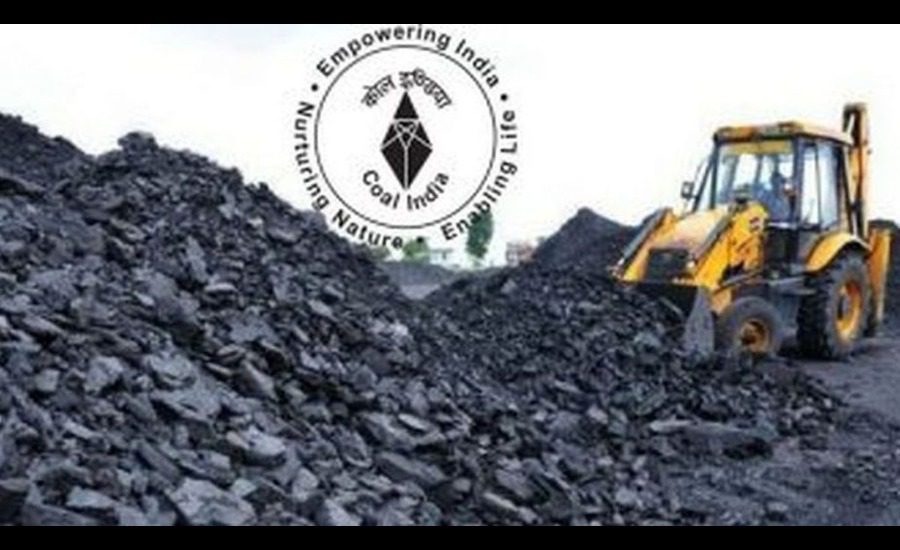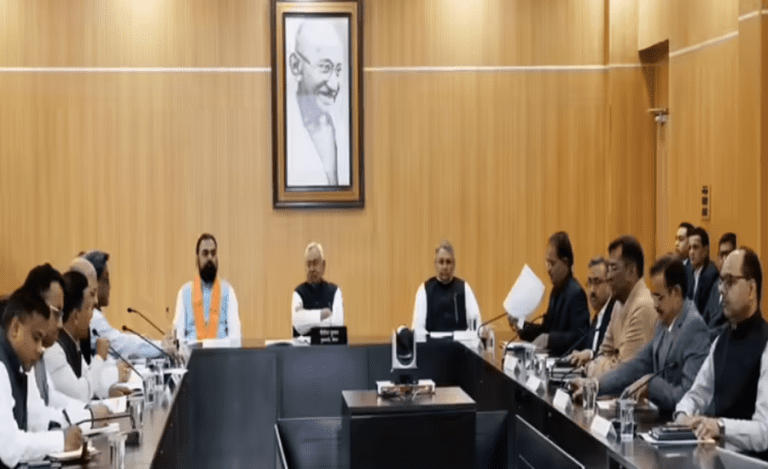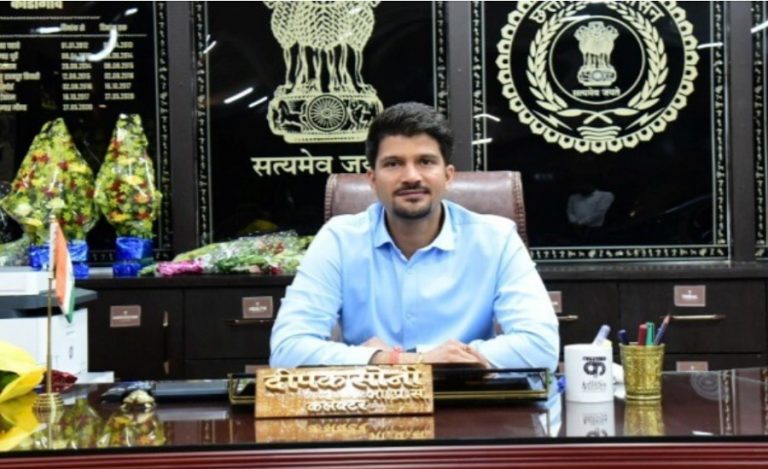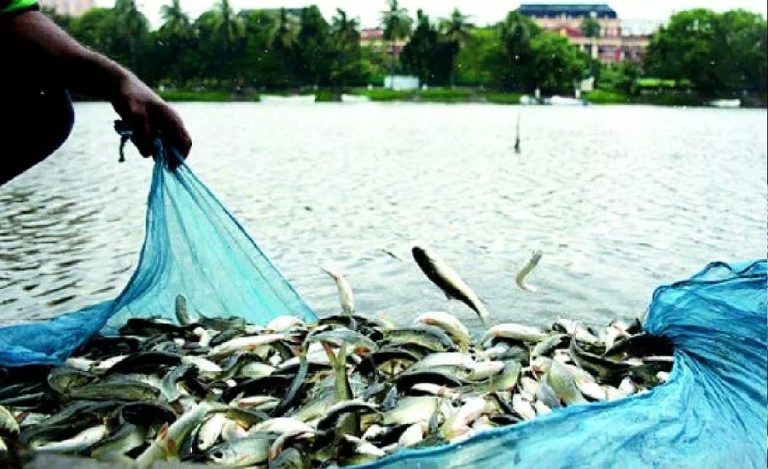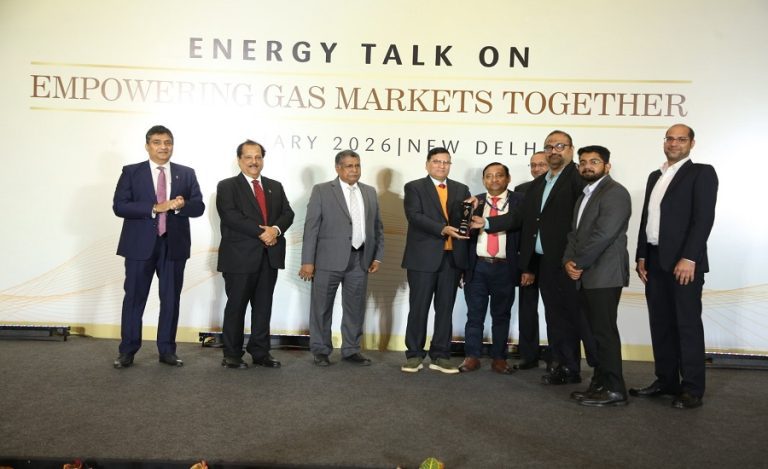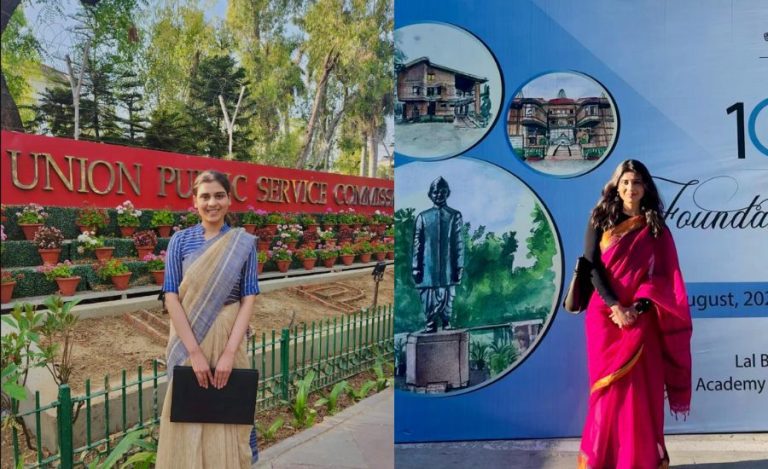New Delhi: In a major development that could redefine India’s mineral sourcing strategy, coal waste from thermal power plants and overburden from coal mines has shown significant potential for hosting critical rare earth elements (REEs). Data emerging from field studies and research conducted at coal facilities of SCCL and NLC India Limited indicates valuable concentrations of REEs, prompting swift policy and R&D responses at the national level.
These developments were delivered by Union Minister of Coal and Mines Mr. G. Kishan Reddy in a written reply in Rajya Sabha today.
Promising Findings at SCCL and NLC Plants
Samples collected from the Singareni Thermal Power Plant (STPP) revealed that fly ash and clay contain a combined total of approximately 400 parts per million (ppm) of REEs. In Neyveli, where NLC India Limited operates both mines and thermal power plants, fly ash samples displayed REE concentrations as high as 2100 mg/kg. Yttrium alone accounted for a notable 300 mg/kg, reflecting the presence of both light and heavy rare earth elements.
These findings underscore the strategic value of industrial byproducts such as fly ash, bottom ash, and overburden material, which until now have been considered environmental liabilities more than economic assets.
₹100 Crore Push Under National Critical Mineral Mission
In response, the Government of India has approved the establishment of the National Critical Mineral Mission (NCMM) with an outlay of ₹100 crore for the 2024–25 to 2030–31 period. Announced on 29 January 2025, the Mission aims to launch pilot projects focused on recovering critical minerals—like REEs—from secondary sources including red mud, tailings, fly ash, and overburden.
To support R&D under this initiative, guidelines for setting up a Centre of Excellence (CoE) were cleared in April 2025. This centre will serve as a national hub for technical innovation in critical mineral recovery.
Coal India’s R&D Eyes Northeast and Gondwana Basins
Coal India Limited (CIL) is leading efforts on the ground with three major R&D projects:
- NER Coalfields: Though the total REE concentration is relatively low, the share of heavier REEs is higher, offering extraction advantages.
- Singrauli Coalfield: Analysis of coal, clay, shale, and sandstone from the Gondwana region shows REE enrichment of up to 250 ppm in coal and 400 ppm in non-coal samples. Extraction feasibility depends on future advancements in scale and technology.
- North Eastern Strata Project: CIL is working to develop indigenous techniques for enrichment and extraction of REEs from overlying strata using physical separation methods and ion-exchange resin processes. The project also focuses on extracting REEs from acid mine drainage.
Collaborative Research Gathers Pace
The Singareni Collieries Company Limited (SCCL) has already forged partnerships for advanced research with premier institutions like the Institute of Minerals and Materials Technology (IMMT), Bhubaneswar; Non-Ferrous Materials Technology Development Centre (NFTDC), Hyderabad; and IIT Hyderabad. These MoUs aim to fast-track the development of viable recovery technologies for REEs from coal waste and overburden.
A Strategic Shift in India’s Mineral Policy
With global demand for REEs surging across clean energy, electronics, and defence sectors, India’s pivot toward utilizing its coal waste and thermal ash for domestic REE production could reduce import dependency and add a new layer of economic value to its vast coal infrastructure.
About Coal India Limited (CIL)
Coal India Limited is the world’s largest coal-producing company, contributing over 80% of India’s domestic coal output. Headquartered in Kolkata, CIL operates under the Ministry of Coal and plays a crucial role in ensuring the nation’s energy security while advancing cleaner and more sustainable mining practices.
About NLC India Limited (NLCIL)
NLCIL is a Navratna Government of India Enterprise under the Ministry of Coal, known for its lignite mining and power generation capabilities. The company is at the forefront of diversifying into renewable energy and contributing to the national critical mineral goals.
Also Read: NLC India Powers Ahead: Adds 1660 MW Thermal Capacity Through NTPL and NUPPL Ventures

